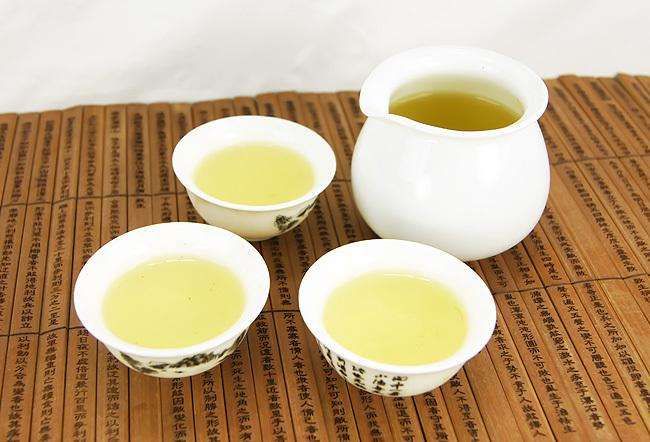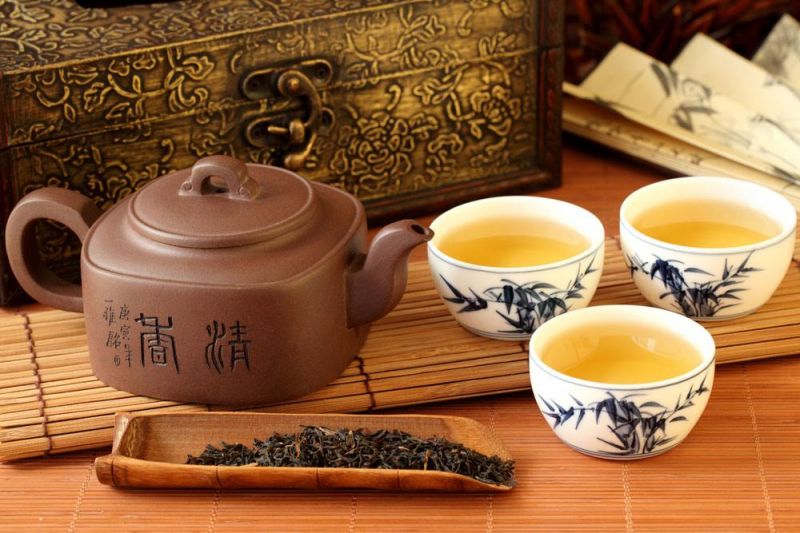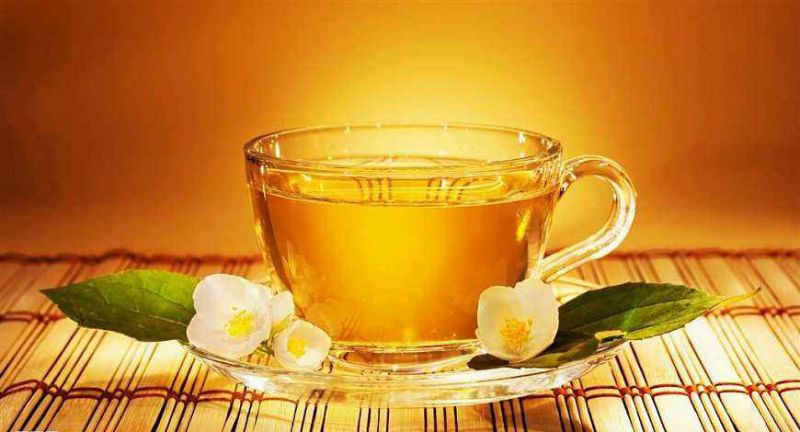

FOB Price
Get Latest Price50 ~ 300 USD / Kilogram ( Negotiable )
|100 Kilogram Minimum Order
Country:
China
Model No:
HD-001
FOB Price:
50 ~ 300 USD / Kilogram ( Negotiable ) Get Latest Price
Place of Origin:
China
Price for Minimum Order:
50 per Kilogram
Minimum Order Quantity:
100 Kilogram
Packaging Detail:
30kg in a Vacuum bag in a carton, and 36 cartons per pallet or, 30kg*440cartons/loose/1*20' FCL
Delivery Time:
15-20 days
Supplying Ability:
10000 Metric Ton per Year
Payment Type:
T/T, L/C, D/P
Product Group :
Contact Person Mr. Charles
No. 59, North Sunjiazhuang Street, Zhifu District, Yantai, Shandong
Oolong
tea is a kind of semi-fermented tea, characterized by green in the
leaf center and red around edge, and commonly known as the tea with
green leaf and red edge. Oolong tea is mainly produced in Fujian,
Guangdong, Taiwan and Zhejiang, China and is generally named after
the origin of tea trees, such as Tieguanyin, Da hong pao,
Oolong,
Daffodil, Dan fir and so on. It is mellow like black tea, but
tastes more astringent than the general black tea; It is fresh and
cool like green tea but does not have the astringent taste of
general green tea. Its aroma is strong and abiding, leaving sweet
taste after drinking. Oolong tea has many effects effect such as
invigorating, digestion promotion, anti-dysentery,
solution heat, and alcohol relieving. At the beginning of the
qing dynasty, it was exported to Europe, America and other
countries, and now it is the favorite drink of Japanese.

Compared with black tea and green tea, oolong tea can not
only stimulate the activity of pancreatic lipolysis enzyme,
reducing the absorption of sugar and fat from food, but also
accelerate the increase of body heat production, promoting fat
burning and reducing the accumulation of abdominal fat.
Nutritional
Value:
Oolong tea contains more than 450 organic chemical constituents and
more than 40 inorganic mineral elements. There are many nutrients
and medicinal ingredients contained in the organic chemical
constituents and inorganic mineral elements in Oolong tea.
Organic chemical components mainly include: tea polyphenols,
vegetable bases, proteins, amino acids, vitamins, pectin,
organic acids, lipopolysaccharides, sugars, enzymes, pigments
and so on. In addition, oolong tea also contains catechin and
various amino acids. Inorganic mineral elements mainly include:
potassium, calcium, magnesium, cobalt, iron, manganese, aluminum,
sodium, zinc, copper, nitrogen, phosphorus, fluorine, and so
on.


Product
Efficacy:
1. Slowing down aging
2. Reducing hematic fat
3. Weight loss
4. Beautifying and skin care
5. Refreshing mind
6. Protecting teeth and eyesight
Directions &
Tips:
Unfavorable meals in serving together with:
1. Oolong tea + white sugar: Leading to reducing Oolong tea's
nutritional value.
2. Oolong tea + mutton: Causing possible
constipation.
Suitable for patients with hypertension, hyperlipidemia and
coronary heart disease.
Contraindication: Forbidden for people in anaemia, neurasthenia and
constipation.
Tips:
1. It is not suitable for drinking upon empty stomach, otherwise it
may cause hunger, dizz or vomit, which is said as "drunk in
tea".
2. Do not drink before going to bed, or it will be difficult to
sleep.
3. Cold Oolong tea is not suitable for drinking, or it may adverse
to the stomach.
| Country: | China |
| Model No: | HD-001 |
| FOB Price: | 50 ~ 300 / Kilogram ( Negotiable ) Get Latest Price |
| Place of Origin: | China |
| Price for Minimum Order: | 50 per Kilogram |
| Minimum Order Quantity: | 100 Kilogram |
| Packaging Detail: | 30kg in a Vacuum bag in a carton, and 36 cartons per pallet or, 30kg*440cartons/loose/1*20' FCL |
| Delivery Time: | 15-20 days |
| Supplying Ability: | 10000 Metric Ton per Year |
| Payment Type: | T/T, L/C, D/P |
| Product Group : | drinks |